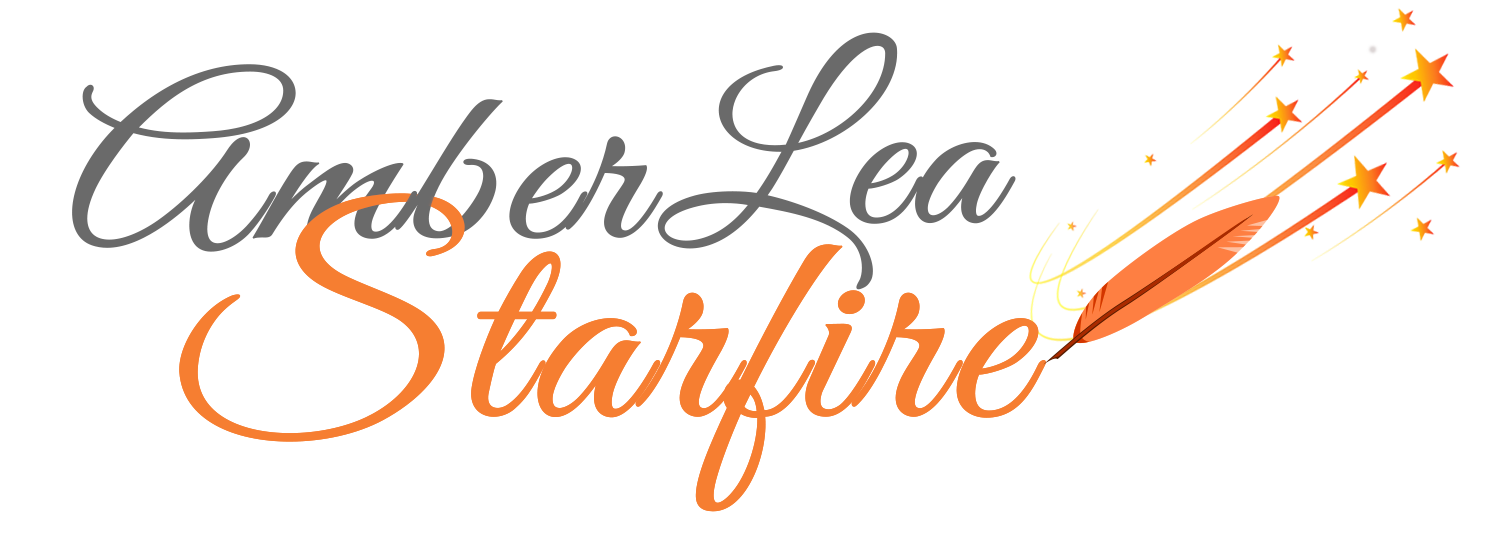In the previous installment of this series, we examined the strong verb and its importance to our story’s tone and pace. In this post, we’ll look at figurative language — metaphor.
What exactly is metaphor? Metaphor compares abstract concepts to familiar objects and is the mechanism by which we understand those concepts. Essentially, it helps us understand what we don’t know by comparing it to what we do know.
 George Lakoff, in his classic work, Metaphors We Live By, says that metaphor is the frame with which we construct meaning and through which we view the world. In Writing Life Stories, Bill Roorbach goes so far as to say that metaphor is the “foundation of conscious thought” and “the source of all meaning.”
George Lakoff, in his classic work, Metaphors We Live By, says that metaphor is the frame with which we construct meaning and through which we view the world. In Writing Life Stories, Bill Roorbach goes so far as to say that metaphor is the “foundation of conscious thought” and “the source of all meaning.”
Bottom line: Whether we realize it or not, we use metaphor all the time.
Here are examples, borrowed from Lakoff, of metaphors we commonly use for the concepts of “time” and “mind”:
- Time is money (we can spend it, waste it, save it).
- Time is a moving object (it’s before us, behind us, the time will come, the time has arrived, in the time ahead).
- Time is a stationary object (we go through the years, approach the end of the year, go further into the century).
- The mind is a machine (he broke down, my wheels are turning, I’m a little rusty, I’m running out of steam).
- The mind is a brittle object (easily crushed, fragile, snapped, handle with care, cracked up).
In both speech and writing, metaphor appears in many forms:
- Symbol — In my memoir, Not the Mother I Remember, tar symbolizes hatred.
- Simile — He’s crooked as a bent nail.
- Unnamed metaphor — when someone says, “My business plan is the foundation for all my actions,” he is comparing his business to a building, but the comparison is not stated directly.
- Named metaphor — “She is the wind beneath my wings.”
The metaphors we employ in our stories are the heavy lifters of communication. (Notice how, in order to communicate their importance, I compare metaphor to strong workers?)
Metaphor puts images into your readers’ mind. It not only helps them quickly understand what you are saying without a lot of explanation, it sets the tone.
Clichés are simply metaphors that have become such a part of our everyday lexicon that we often don’t even know we’re using them — phrases such as dead as a doornail or pretty as a picture (similes, not metaphors, in these two cases), he’s a team player, they don’t pull any punches, she plays hardball, think outside the box, and back against the wall.
As writers, we want to avoid the use of cliché in our work (the exception to that rule is in dialogue, where the cliché is consistent with the character of your speaker). Instead, we want to learn how to incorporate fresh, unique similes and metaphors that illuminate rather than obscure our communication (communication=seeing). How can we achieve this goal without first knowing our underlying, most basic of metaphors and how we build upon those in the way we conceptualize experiences, events, and ideas?
To better understand how we use metaphor in writing, we have three tasks:
- Pay attention to metaphors in others’ and our own writing.
- Identify the basic, underlying concepts represented by those images and concrete objects.
- Identify creative ways to extend those metaphors (more on that in the next installment).
Reading Exercise
Reread a chapter or story by one of your favorite authors. As you read, underline the symbols, similes, named and unnamed metaphors the author uses. How do those metaphors enhance your understanding of the story? How do the metaphors affect tone and mood? Which metaphors strike you as particularly fresh and exciting? Which seem ho-hum?
Now do the same with a chapter or story that you have written. What objects have you used to provide images for ideas? How will your metaphors enhance your readers’ understanding of your story? How do they affect tone and mood? Which metaphors are fresh and unique, and which are overused? Which are cliché?
The more you read with attention to metaphor, the more you will naturally begin to generate more when you write. In the next installment, we’ll continue this look at metaphor and have some fun creating fresh, new images.
In the meantime, share one of your favorite metaphors — by any writer — in the comment box below.
________________________
“Fresh Metaphors” is the sixth in a series on turning memories into memoirs (and memoir-related essays). Click here to read Part 1 — What is Memoir?, Part 2 — Mapping Your Story, Part 3 — Remembering Vividly, Part 4 — A Descriptive Vocabulary, and Part 5 — Strong Verbs.
________________________
Photo Credit: h.koppdelaney via Compfight cc






